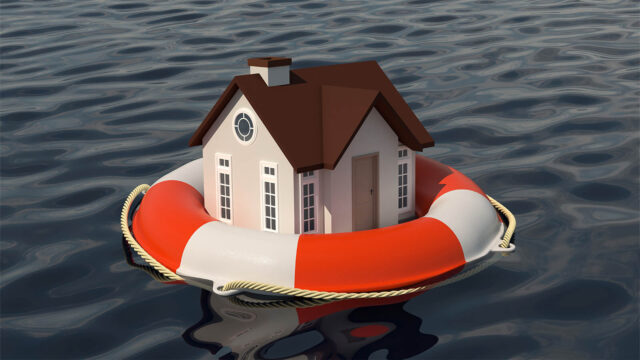Why it’s best to buy property during the rainy season
While you would tend to shy away from buying land during the rainy season due to the muddy and wet conditions, a smart person would see this as an opportunity to make a smart investment.

When bad weather strikes, it impacts your personal life and has an immense impact on the economy. The financial impact of poor weather varies greatly depending on the area and severity. In Kenya, mudslides and recent flooding occasioned by Cyclone Hidaya have been our biggest enemies.
While you would tend to shy away from buying land during the rainy season due to the muddy and wet conditions, a smart person would see this as an opportunity to make a smart investment.
With prudent planning and strategic thinking, here’s what you need to know before taking the plunge:
Understand the flood risk zones
Before scouting for properties, familiarise yourself with flood risk maps provided by local authorities like the State Department for Lands and Physical Planning. These maps delineate high-risk flood zones based on historical data and are crucial for assessing the likelihood of flooding in a particular area. Armed with this information, decide whether to purchase the property, or not.
Conduct due diligence
Once you’ve identified a prospective property and delved into its flood history and mitigation measures, additionally, engage a qualified inspector to evaluate the property’s susceptibility to flooding and assess the effectiveness of existing flood defences such as levees or floodwalls. Consult with insurance agents to ascertain the property’s insurability and associated costs.
Gauge accessibility
Buying land during the rainy season offers a better perspective on whether the roads are accessible or inaccessible. This is because during the dry seasons, all land and roads seem prime and are passable. Muddy and inaccessible conditions will help you make a more informed decision about whether to buy the land.
Assess the Financial Implications
Factor in the long-term financial implications of owning property in a flood-prone area. In addition to insurance premiums, consider potential costs associated with flood damage mitigation, such as elevating structures or installing flood barriers. Moreover, fluctuations in property value and resale potential should be carefully weighed against the risks of recurrent flooding and regulatory changes impacting floodplain management.
Engage local expertise
Leverage the expertise of local real estate agents and attorneys familiar with the intricacies of buying property. They can provide invaluable insights into local regulations, zoning ordinances, and floodplain management practices that may influence your purchasing decision. Additionally, seek guidance from homeowners in the area who can offer firsthand knowledge and perspective on living with the threat of floods, if any.
Assess drainage
Scout for land during the rainy season, as this ensures that you can see how well that particular area drains and if any areas are prone to flooding. It is better to establish any potential drainage issues before buying a piece of land than to discover them after you’ve already made the purchase.
Mitigate Risk and Build Resilience
Invest in flood mitigation measures to minimise the impact of potential flooding and safeguard your investments. This may include implementing landscaping techniques to redirect water flow, retrofitting structures with flood-resistant materials, or raising living spaces above base flood elevation. Prioritise resilience-building initiatives that not only protect your property but also enhance its value and desirability in the long run.
In conclusion, buying land or property in flood-prone areas requires careful consideration and thorough planning. By understanding the flood risk, conducting thorough due diligence, exploring insurance options, seeking local expertise, implementing mitigation measures, and considering alternative investments, you can make informed decisions and protect your investment for the long term.
